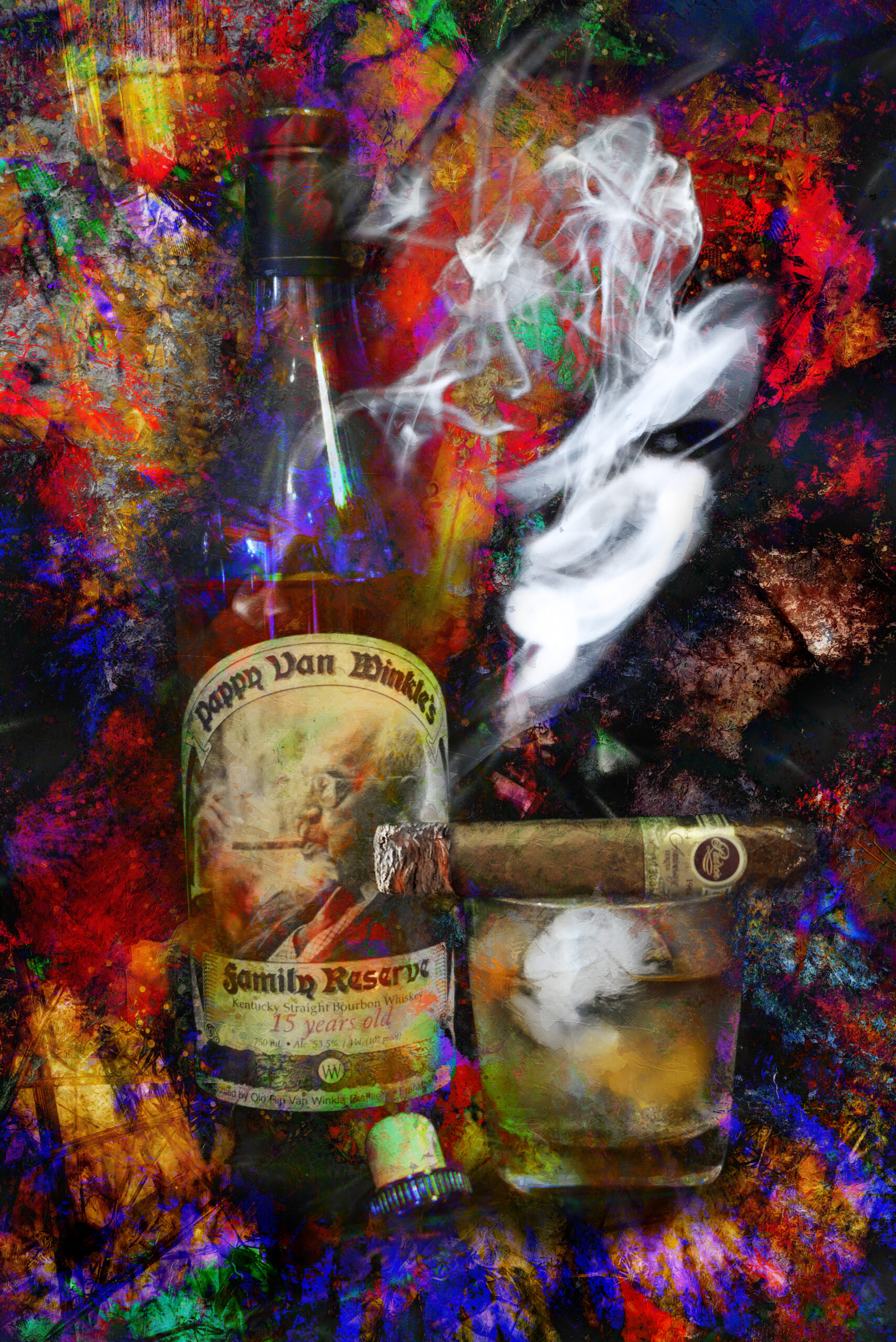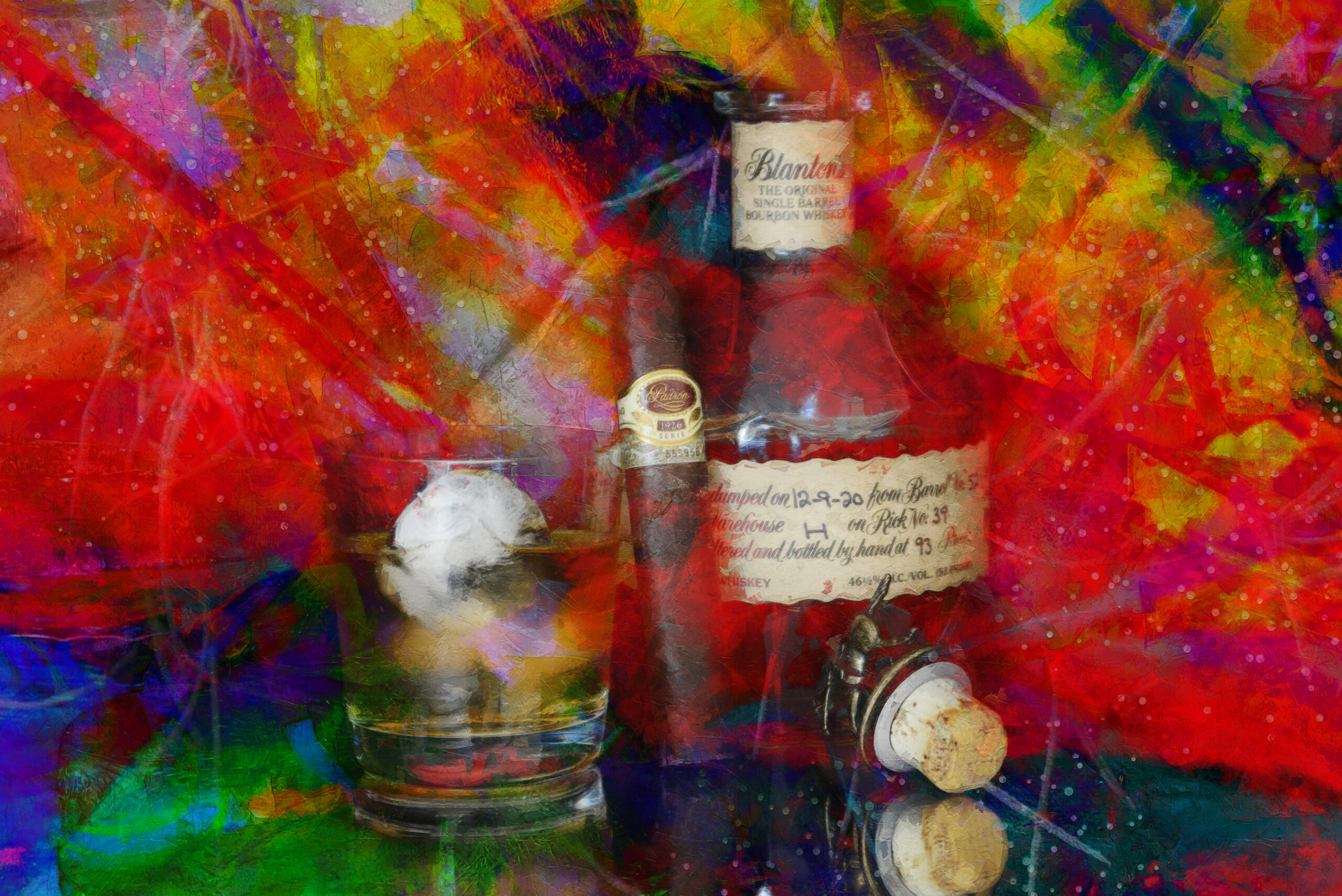Change Your Room with Magnificent Whiskey Art Inspired by Nature
Change Your Room with Magnificent Whiskey Art Inspired by Nature
Blog Article
The Value of Whiskey Art in Celebrating Heritage and Workmanship in the Beverage Sector
The detailed relationship between scotch art and the party of heritage and craftsmanship within the beverage industry can not be overemphasized. With attentively developed labels and containers, bourbon brand names encapsulate their historical origins and the artisanal skills that specify their production approaches. This artistic dimension not just enhances market appeal however likewise works as an avenue for social narration, promoting a deeper connection between the craft and the customer. As we explore the various elements of this subject, appealing questions regarding the effect of modern-day fads on typical practices develop, motivating additional assessment.
The Historic Origins of Whiskey
At the heart of whiskey's allure exists an abundant tapestry of historic origins that map back to old worlds. The origins of scotch can be connected to the purification methods of the Sumerians and Babylonians around 2000 BCE, where early forms of fermented grain drinks began to arise. It was in the Center Ages that the art of distillation evolved considerably, particularly in Ireland and Scotland, leading to the creation of whiskey as we know it today.
The term "scotch" itself originates from the Gaelic word "uisce beatha," meaning "water of life." This phrase underscores the social significance of bourbon in Celtic cultures, where it was often related to rituals, events, and communal bonding. By the 15th century, purification came to be an identified craft within reclusive communities, leading the way for the facility of legal distilleries.
As profession courses broadened, whiskey's appeal grew, transcending regional borders and recording the interest of connoisseurs worldwide. Whiskey Art. This historic trip reflects not only the workmanship behind bourbon production yet also its essential duty in social and social contexts, noting it as a significant beverage throughout background
Artistic Expression in Branding
Whiskey branding stands as a compelling intersection of creativity and business, where aesthetic identification plays a crucial function fit customer understanding. The visual appeals of whiskey tags, product packaging, and advertising products reflect not only the brand's story but also its core worths and heritage. Via imaginative expression, distilleries communicate a story that reverberates with customers, stimulating emotions and stimulating links.
The usage of color, typography, and images in branding serves to separate items in a saturated market. For instance, traditional concepts might stimulate a feeling of authenticity and workmanship, while modern styles can represent development and forward-thinking. This calculated imaginative direction enhances brand acknowledgment and loyalty, enabling customers to create an individual partnership with the scotch they choose.
Moreover, creative expression in branding typically acts as an event of regional heritage. Distilleries frequently include neighborhood signs or historic referrals into their designs, producing a local color that welcomes consumers to take part in a broader social experience. Eventually, the artistry behind whiskey branding not only improves visual appeal but additionally improves the total story of the brand, promoting a much deeper admiration for the craftsmanship and heritage ingrained in each bottle.
Craftsmanship in Container Style
The artistry apparent in whiskey branding extends past visual identification to encompass the workmanship associated with container style. Each container serves as a vessel not simply for the spirit within, my company however additionally for the tale it outlines its top quality, tradition, and beginning. The layout process calls for meticulous focus to detail, as elements such as product, shape, and closure contribute dramatically to the general understanding of the bourbon.
Workmanship in bottle design includes picking high-quality glass that can enhance the scotch's color and clearness, while likewise offering a responsive experience for the customer. The silhouette of the container must be both useful and cosmetically attractive, frequently showing the heritage of the brand. Many distilleries choose unique forms or embossed logo designs that evoke a sense of credibility and background.
In addition, the tag design and typography play an essential duty in connecting the brand's narrative. Bourbon Art. A well-crafted bottle not just captivates the customer's eye yet likewise enhances the brand's commitment to top quality and practice. In this means, the craftsmanship of container style comes to be a vital aspect of the whiskey experience, combining virtuosity link with an extensive regard for heritage
Cultural Importance of Bourbon Art
Commemorating tradition and craftsmanship, the social relevance of bourbon art transcends plain aesthetic appeals, intertwining with the social and historical stories of the areas where it comes from. Each container functions as a canvas, showing the distinct stories, folklore, and customs that have actually formed local whiskey-making techniques. The elaborate designs commonly reflect the heritage of the distillers, integrating symbols and themes that resonate with the culture and values of their areas.

Furthermore, whiskey art plays a vital duty in communal celebrations and celebrations, offering as a tangible link in between individuals and their shared experiences. By appreciating the creativity in scotch product packaging, consumers grow a deeper understanding and regard for the craft, eventually enhancing their satisfaction of the drink itself.
Modern Trends in Bourbon Discussion
In recent years, the presentation of bourbon has progressed to mirror contemporary preferences and fads while still recognizing conventional craftsmanship - Whiskey Art. Distilleries are significantly concentrating on visual elements that boost the general alcohol consumption experience, bridging the space between heritage and modernity
Ingenious bottle designs have actually emerged, often including lasting products and artistic labels that tell compelling tales. Numerous brand names now work together with neighborhood musicians, infusing their items with distinct visual expressions that resonate with customers. In addition, limited-edition launches are often packaged in collectible containers, including worth and charm for connoisseurs.

Conclusion
In conclusion, scotch art serves as an essential avenue for expressing the heritage and craftsmanship inherent in the drink industry. Through intricate branding, innovative bottle styles, and culturally substantial creative elements, bourbon brands successfully honor their traditions and attach with consumers.


Craftsmanship in container design includes selecting high-grade glass that can enhance the bourbon's shade and clearness, while likewise giving a responsive experience for the consumer. In this means, the workmanship of bottle design becomes an important aspect of the scotch experience, combining virtuosity with a profound regard for heritage.
In verdict, bourbon art serves as an essential conduit for expressing the heritage and craftsmanship inherent in the beverage sector.
Report this page